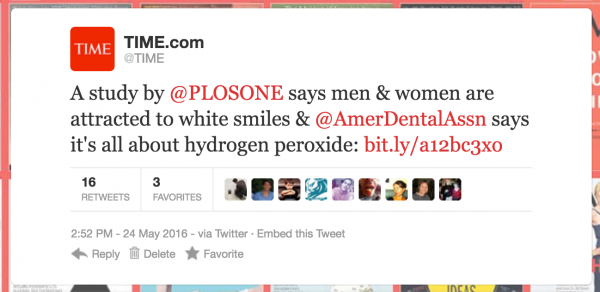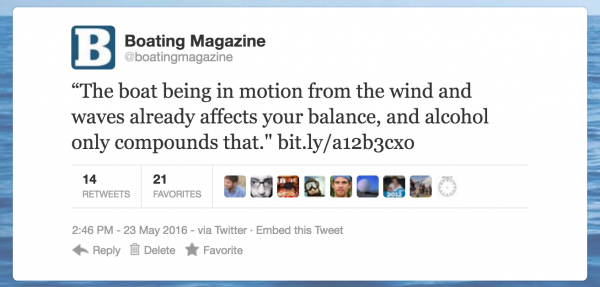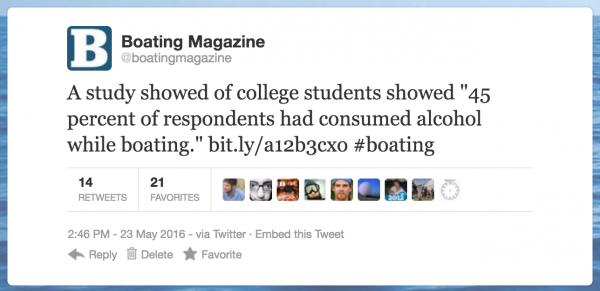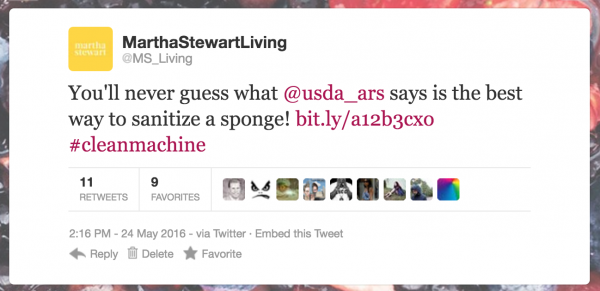
Increase organic traffic and email capture rates with three content marketing hacks that are worth the effort

I don’t know about you, but I’ve noticed the world’s a’changing when it comes to audience development. For a while, I felt like we were so ahead of the curve at Mequoda that we were pretty cool in our pants for a bit, but as we’ve been doing a lot of testing the past few months, it has become clear that user habits are picking up and moving with the wind.
Which is, of course, very exciting as a marketer, because tinkering is what we love to do best. For example, recently I was doing a test on our daily emails. I made one little change that I hoped would increase our click-through rate because it was working well in our Week in Review emails. NOPE. Dead wrong, click-through rates dropped. Back to the drawing board on that one, but the journey was as fun as the destination.
I’ll write up a post on that test in the coming weeks after I finish a couple other tests, but it had me thinking about three ways that our publishers have consistently increased traffic and email capture rates through testing. In the comments, let me know if you’d add any other content marketing hacks to the list!
[text_ad]
1. Boost your email capture rate by creating a new freemium.
 Freemiums get old. If you’re using freemium downloads like special reports, videos, or even knitting patterns as a way to increase your email circulation then you know that these are prime products. Really good freemiums will make the difference between a huge list and a tiny one.
Freemiums get old. If you’re using freemium downloads like special reports, videos, or even knitting patterns as a way to increase your email circulation then you know that these are prime products. Really good freemiums will make the difference between a huge list and a tiny one.
Your email capture rate is the percentage of people who visit your website and convert into email subscribers. If your website email capture rate has been stalling or trickling in a downward direction, when was the last time you made a new free download? Has it been a year, or two, or more? Maybe you’ve updated them, but the title has remained the same? It might be time to create a new freemium.
I attended the SearchLove conference in Boston last month, and one common theme throughout all of the A/B testing sessions was that when you change anything on your website, your conversion rates will change, because you’ve shown regular users something new.
But if you wait a couple months, it won’t likely keep trending upward, it will always flatten out. The gist of it: Change will spark interest, especially on a free Portal where you have regulars who may read often through social media or an RSS feed, or simply check in often, but see the same report every time and never convert. Continue to keep your freemiums fresh.
2. Increase social media traffic to your articles by writing better social media posts and scheduling more of them.
 If you want to double the amount of traffic you get from social to your articles, double the number of times you promote the article. It’s as simple as that, (actually, more than double it, use the the 12x12x12 method.)
If you want to double the amount of traffic you get from social to your articles, double the number of times you promote the article. It’s as simple as that, (actually, more than double it, use the the 12x12x12 method.)
Every time you publish a new article, schedule a series of social media posts for it. Don’t just copy and paste the same post over and over, or use the title of the article for every post.
Mix it up, instead. Three of the most popular social media formulas we use on Twitter are shout-outs, quotes, and the curiosity gap headline.
The shout-out: @ anybody mentioned.
Goal: Get your post in front of the people you’ve mentioned and hope for them to retweet the post too.
TIME wrote an evergreen post on the best way to whiten your teeth (possibly the year they learned about SEO?) and used several sources in the article. They could post a Tweet like the one below in an effort to get PLOS ONE and the American Dental Association to retweet the post. It also adds instant credit to the article, increasing click-through rates.

The quote: Find a relevant quote and use it
Goal: People love to retweet and favorite quotes, both of which send great social signals to Google about your post.
For a post about the dangers of boating and alcohol, Boating Magazine could take a quote of a quote from the article and tweet something like the one below.

Or they could simply quote a stat from the article, a double-combo because people love to retweet numbers. Either attempt are both highly retweetable Twitter formulas, and work on Facebook and LinkedIn too.

The curiosity gap: make it undeniably clickable
Goal: Forget the small talk, just get them to click and read.
Although I don’t love to see this headline archetype everywhere I look, they’re still in use for a reason: people continue to click on them. But Upworthy and BuzzFeed who re-popularized this age-old headline formula aren’t the only ones employing it, several of the headlines below belong to Entrepreneur, Huffington Post, and TIME.
- This Designer Just Did Something Amazing To His Shelves… And Now You Can Too
- You’ll Never Believe What This Guy Did During an Airport Layover
- You’ll Never Believe Who Made Our Best Dressed List This Week
- You’ll Never Guess Who the ‘Most Dangerous Celebrity’ Is
So let’s say Martha Stewart Living is posting about the best way to sanitize a sponge to kill germs. They could tweet:

3. Increase organic search traffic by picking better keywords.
 Last week I wrote about some pretty significant updates to how you should be picking keywords to write about. Beyond finding long-tail keyword phrases that have search volume and low competition, you also have to decipher what Google thinks the intent is behind a keyword.
Last week I wrote about some pretty significant updates to how you should be picking keywords to write about. Beyond finding long-tail keyword phrases that have search volume and low competition, you also have to decipher what Google thinks the intent is behind a keyword.
An example would be a keyword like “meal delivery” and you’re a magazine like Real Simple who thinks you want to publish an article that compares the different meal delivery services.
Unfortunately if you Google “meal delivery,” you’ll find that after FOUR paid ads, you end up with a list of local search results, like your local Dominos. Then, miles down the page you’ll find actual meal delivery services. Only at the very bottom of the page will you find a single evergreen post comparing meal delivery services.
Case in point: Google thinks someone searching for meal delivery is looking for pizza delivery or Blue Apron, not advisory content on how to pick the best meal delivery service.
Another example: If you are a gardening magazine, there may be a really good keyword for tomato growing pots, and you could easily write about “how to pick the best tomato growing pots”; but Google thinks users are searching for where to buy tomato growing pots, so it pushes the top results down the page in order to display a bunch of online stores with prices.
Then it pushes it down further for a Quick Answer snippet, and even though Fine Gardening is listed as a top result (next to several retailers like Burpee), it’s way below the fold, decreasing click-through rates significantly.
Based on my own research, the shopping results do tend to blend in evergreen how-to articles with retailers, but they’re always pushed so far down the page it’s hard to tell if it’s worth it. Especially if users really aren’t looking for content, they’re looking to shop.


